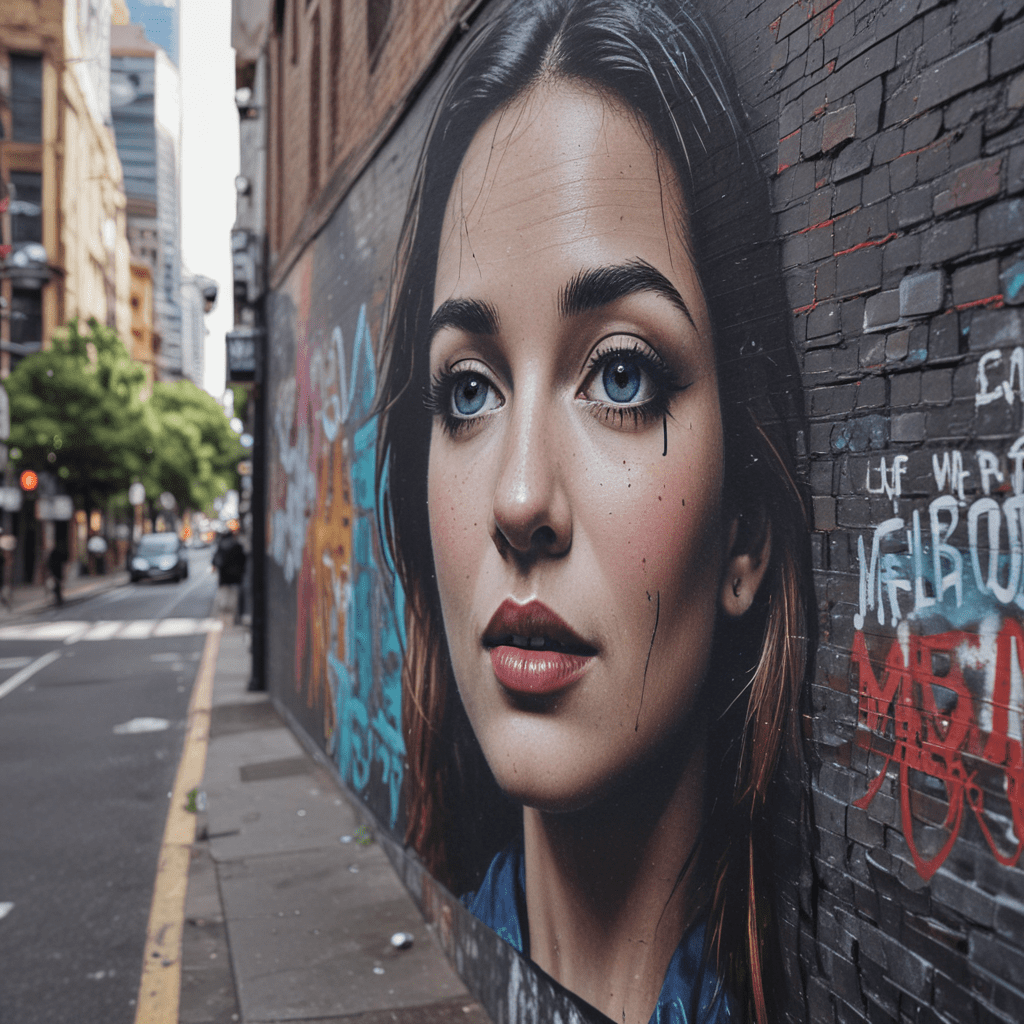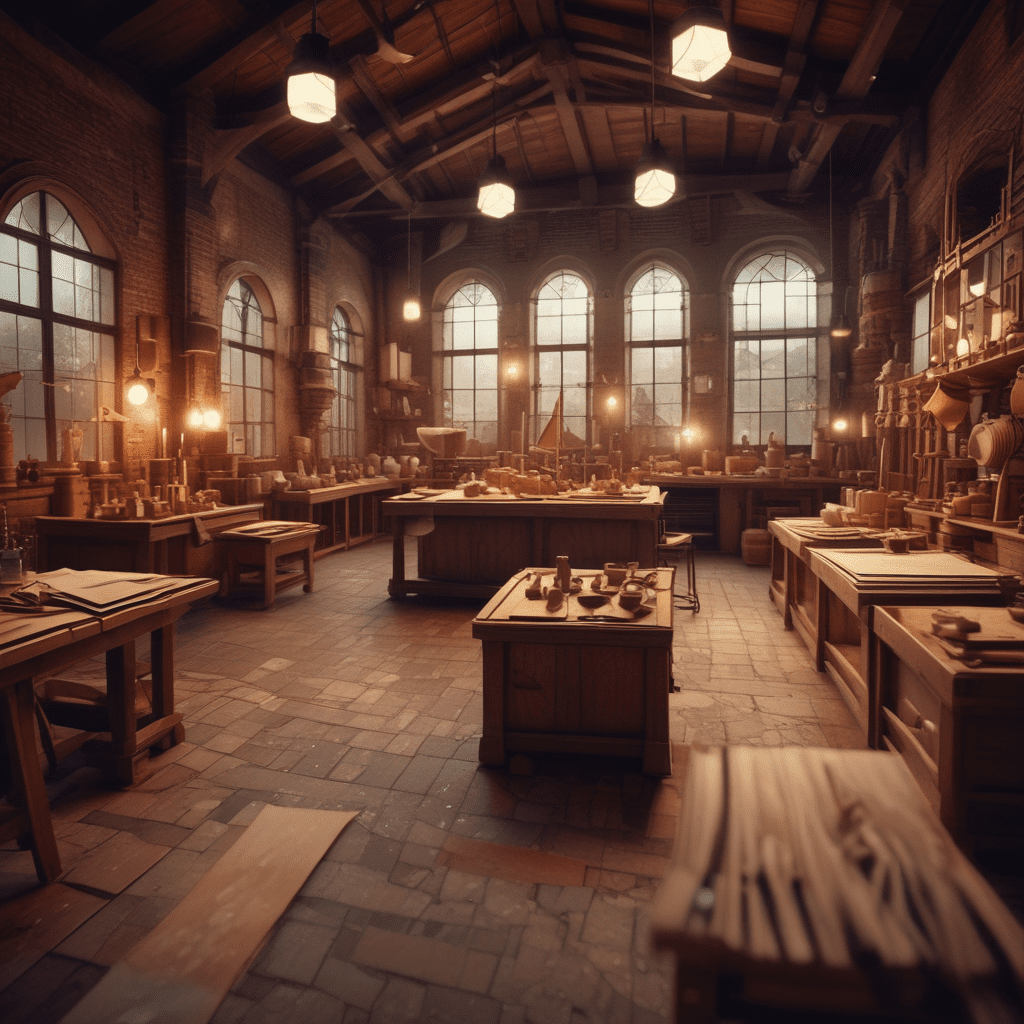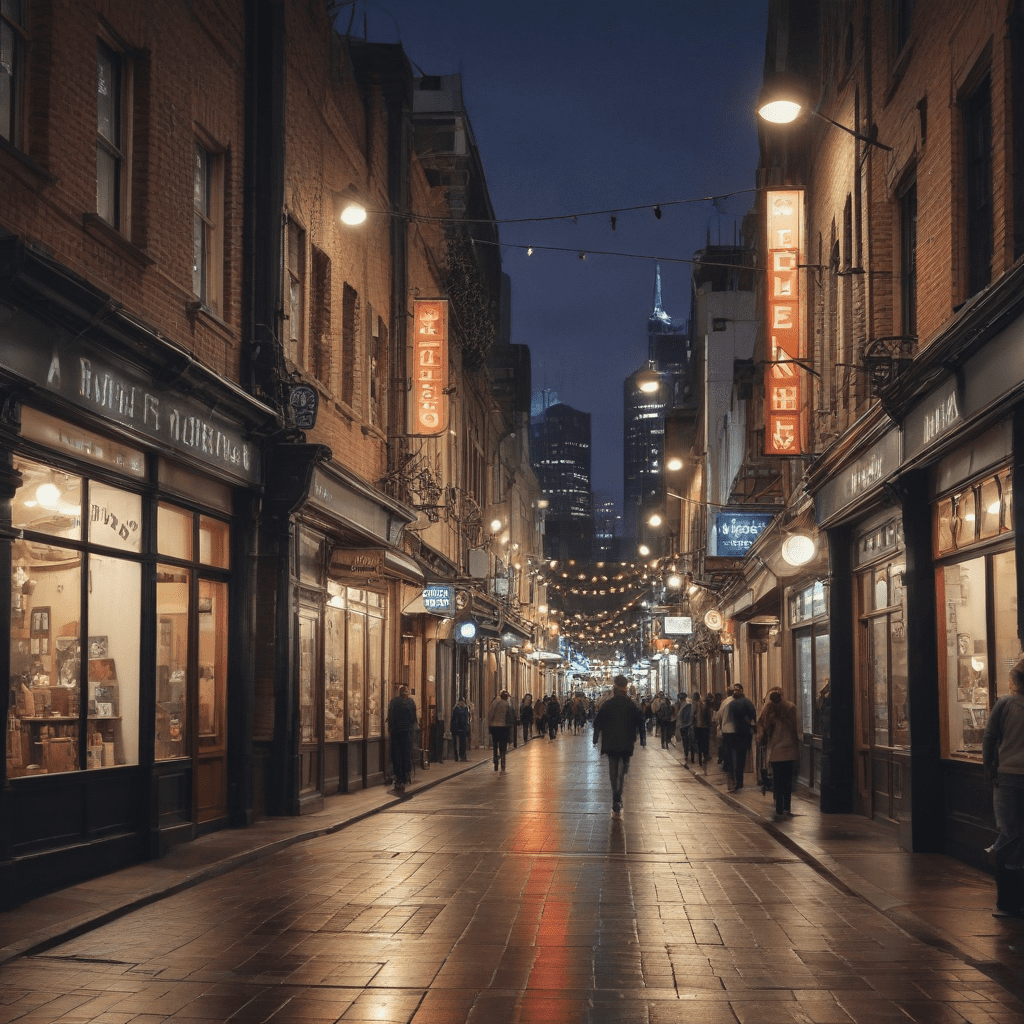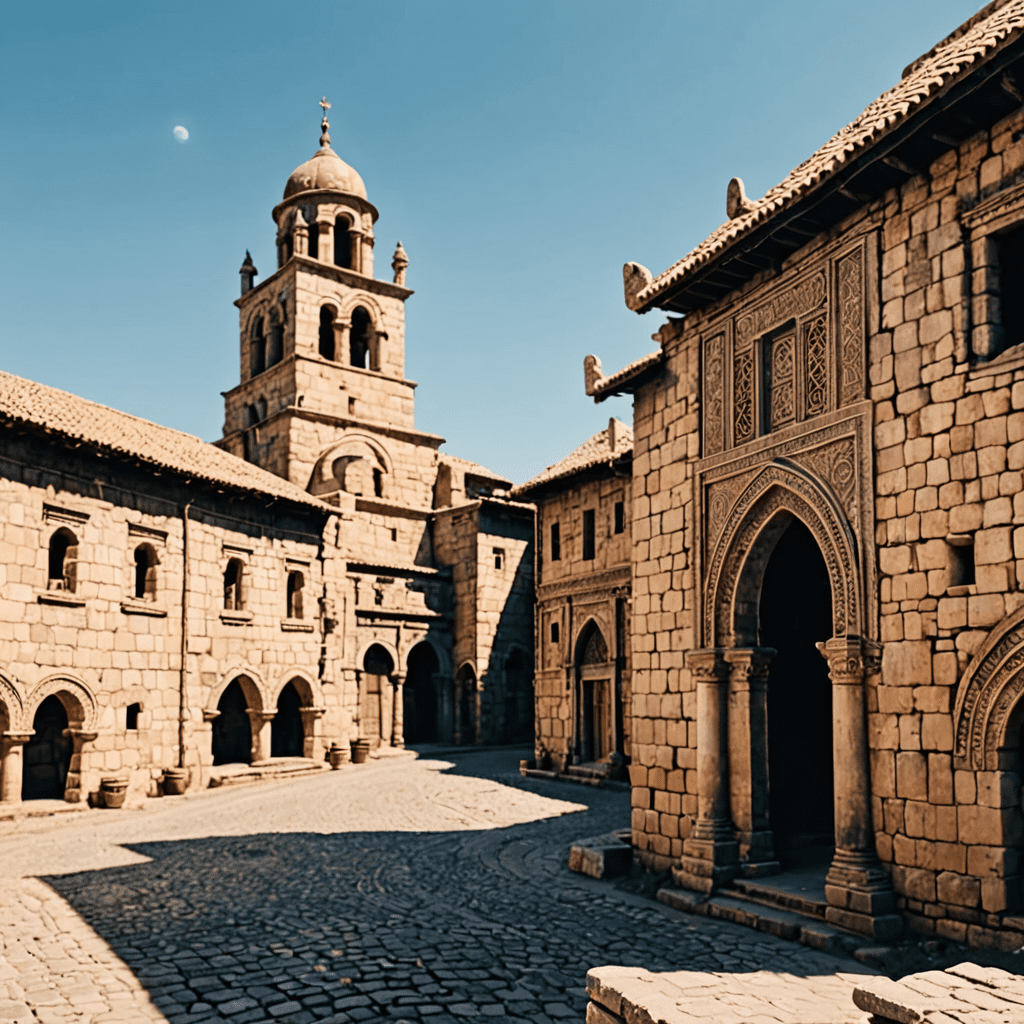
A Cultural Journey through Melbourne's Street Art
Melbourne, Australia is renowned for its vibrant and ever-evolving street art scene. From the iconic Hosier Lane to the hidden gems scattered throughout the city's laneways, Melbourne's street art offers a cultural journey unlike any other.
1. Historical Roots: The Birth of Melbourne's Street Art
Melbourne's street art culture emerged in the 1980s, influenced by the global rise of hip-hop and punk subcultures. Artists began using city walls as a canvas to express themselves, creating a unique blend of political commentary, social satire, and artistic experimentation. Over the years, Melbourne's street art has gained international recognition, solidifying its reputation as a hub for urban art.
2. Hosier Lane: The Epicenter of Street Art Culture
Hosier Lane, located in the heart of Melbourne's CBD, is the epicenter of the city's street art culture. This narrow laneway is a living canvas adorned with an ever-changing array of murals, stencils, paste-ups, and graffiti. Artists from around the world have left their mark on Hosier Lane, transforming it into an open-air gallery that showcases the diversity and creativity of Melbourne's street art scene.
3. Stencil Therapy: The Art of Intricate Layers
Stencil therapy is a popular technique used by street artists in Melbourne. Stencils allow artists to create intricate designs and layer multiple images, resulting in complex and visually striking works. Melbourne is home to some of the world's most skilled stencil artists, who use their stencils to convey powerful messages and explore themes of social justice, identity, and environmentalism.
4. Paste-Ups and Wheat-Pastes: Making a Bold Statement
Paste-ups and wheat-pastes are another prominent form of street art in Melbourne. These large-scale paper posters, often featuring striking imagery or bold typography, allow artists to make a powerful statement in public spaces. Paste-ups and wheat-pastes have become an integral part of Melbourne's street art culture, adding a layer of vibrancy and political commentary to the city's urban landscape.
5. Street Art Tours: Exploring the Hidden Artworks
Melbourne's street art is not confined to Hosier Lane. Hidden gems can be found throughout the city's laneways, backstreets, and suburbs. To uncover these hidden artworks, consider joining a street art tour. These tours provide an insider's perspective on Melbourne's street art culture, taking you to secret spots and sharing the stories behind the artists and their works.
6. International Influences: The Melting Pot of Street Art
Melbourne's street art scene is a melting pot of international influences. Artists from all over the world have contributed to the city's vibrant urban tapestry, bringing with them diverse styles, techniques, and perspectives. From the intricate stencil work of Banksy to the large-scale paste-ups of Shepard Fairey, Melbourne's streets are a testament to the global reach and interconnectedness of street art culture.
7. Indigenous Art in Urban Spaces: Connecting to Culture
In recent years, Melbourne's street art scene has embraced Indigenous art, providing a platform for Indigenous artists to share their stories, perspectives, and cultural heritage. Indigenous street artists use their art to connect with their ancestral lands, celebrate their culture, and raise awareness about important issues affecting Indigenous communities.
8. The Political Canvas: Street Art as Social Commentary
Street art has always been a powerful medium for social commentary. Melbourne's street artists are not afraid to tackle controversial issues, using their art to raise awareness, provoke thought, and challenge the status quo. From climate change to social justice, Melbourne's street art provides a voice for the voiceless and amplifies important messages in the public sphere.
9. Preservation and Legality: Balancing Art and Urban Planning
As Melbourne's street art culture continues to grow, so too does the need to balance the preservation of artistic expression with the city's urban planning and aesthetic guidelines. Melbourne's City Council recognizes the cultural significance of street art, while also working to ensure that street art does not damage public property or disrupt public order. The council has designated certain areas as legal street art zones, while also working with artists to create commissioned works in strategic locations.
10. Melbourne's Street Art Legacy: A Vibrant and Ever-Evolving Tapestry
Melbourne's street art scene is a vibrant and ever-evolving tapestry that continues to shape the city's cultural identity. From the iconic murals in Hosier Lane to the hidden gems scattered throughout the city, Melbourne's street art offers a unique and accessible way to experience the city's creative spirit. Whether you're an art enthusiast, a curious traveler, or simply looking for a unique urban adventure, Melbourne's street art scene is an unmissable part of the city's cultural experience.
FAQ
What is the best way to explore Melbourne's street art?
Consider joining a guided street art tour for an insider's perspective and to discover hidden artworks. You can also wander independently through the city's laneways and backstreets to uncover unique and unexpected pieces.
Is street art legal in Melbourne?
Street art is legal in designated zones and with permission from property owners. Unauthorized street art may be removed by the City Council.
What are some of the most famous street artists in Melbourne?
Melbourne is home to numerous talented street artists, including Lushsux, Rone, Adnate, and HaHa.
Where can I find the most street art in Melbourne?
Hosier Lane, AC/DC Lane, and Rutledge Lane are renowned for their street art, but you can also find hidden gems throughout the city's laneways, backstreets, and suburbs.


